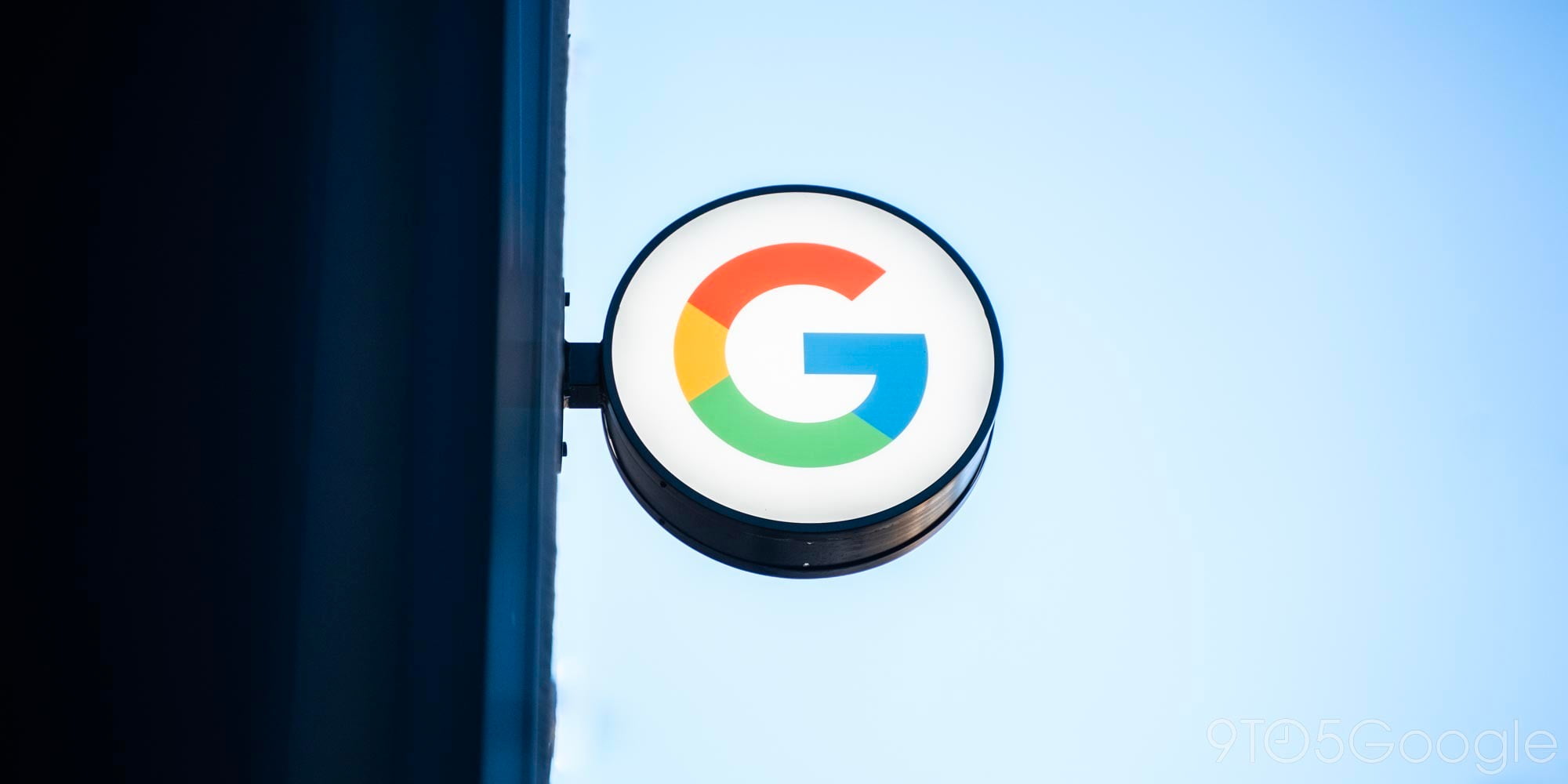
In cars, Google Assistant provides distraction-free help without having to interact with touchscreens. It’s already accessible through Android Auto and Google Maps on your existing phone, but Google at CES announced a new class of Assistant device to improve the experience by adding dedicated mics. Today, the Anker Roav Bolt is launching for Android and in beta on iOS.
Plugging into and powered by a car’s cigarette lighter, the Anker Roav Bolt has a minimal profile. It’s a round knob that features the four standard Assistant lights, flanked by dual noise-canceling microphones that listen through ambient car and road noise.
For those that don’t want to use the “Hey Google” hotword, there is physical button featuring the Assistant logo for manual voice entry. A double-press will mute the mics, with four orange lights noting that status, just like Google Home.
The Roav Bolt features two 12W USB ports on its side for charging, as well as a 3.5mm jack for AUX output on older vehicles without Bluetooth. In fact, the best voice recognition experience is over cable, with Google impressively demoing the Bolt picking up a hotword even while a very loud song was playing.
This Assistant device acts as an intermediary between your car’s speaker system and your phone. When users ask for directions, traffic information, or start a call, it is picked up on the Roav Bolt’s microphones, processed on your phone, and then played through the car’s speaker system.
Voice recognition is performed right on the accessory, with Google noting a minimal impact on the paired phone’s battery life that’s comparable to connecting to any other Bluetooth speaker. These Assistant car accessories can provide help in four main areas:
Navigation: A command like “Navigate home” will work in conjunction with the Google Maps app on your phone to show directions on screen. Others include “How’s the traffic?” and “Find a gas station on the way.” Tied with messaging, Assistant can also text travel ETAs to your contacts.
Communication: Meanwhile, Assistant allows you to safely interact with messages while driving. “Proactive notification” will play a chime through the Roav Bolt to announce who’s messaging, with the ability to have that full text read loud. Once in a back-and-forth conversation, Assistant is smart enough to automatically read any future alerts in full without first needing confirmation.
Users can of course verbally reply, and initiate calls or new messages. When calling someone through the Roav Bolt, the four lights will turn green to note that the mic is active. Incoming notifications can be customized on an app-by-app basis right in Google Assistant settings.
Entertainment: Another big activity in cars is listening to music or podcasts. Users can ask Assistant to start songs, audiobooks, and more with a standard “Play” command. Any playing audio will be silenced while issuing a voice command. Like other Home speakers, Google imagines the Roav Bolt being shared with everyone in a car. It’s a faster way for people in the back seat to change songs and adjust volume.
Get things done: The last area covers everything from smart home commands to check the status of your lights or security system, as well as setting reminders, adding to shopping lists, and getting an agenda.

The best experience at launch today is on Android, with iOS currently in beta. Downloading the Google Assistant app from the App Store will allow users to pair the Roav Bolt, but interactions might be slower compared to Android.
For Google and accessory makers (JBL also announced a unit at CES), this is an affordable way to get a better Assistant experience into vehicles compared to pricey aftermarket head units or buying a car with Android Auto built-in. Another use case is modern cars that do have smart features, but not Google’s. With Assistant having a brand cachet on voice help, buyers might actively seek out a way to get the smart assistant they already use into their cars.
While Assistant has expanded to other form factors like Smart Displays, it is still most known for voice help. With the Roav Bolt, Google is going after users that are familiar or might prefer a screen-less experience when driving. Compared to using Assistant in Maps or the Android Auto app, the Roav Bolt delivers a more integrated experience. You can just enter a car and lay your phone anywhere to have everything connect and start getting help.
However, the key innovation — especially for those that just put their phone on a dock while driving — is the always-on microphones. In my brief demo, I was quite amazed at how “Hey Google” was recognizable even when music was blaring quite loudly. Unfortunately, Google does not have any plans to let you use this mic with Android Auto on phones.
In the case of the Roav Bolt, it’s an easy sell as the device could easily replace any other USB charging accessory in your car. The Anker Roav Bolt starts shipping today and costs $49.99. It will also be available at Best Buy, Target, and Wal-Mart in the coming weeks.

FTC: We use income earning auto affiliate links. More.



Comments